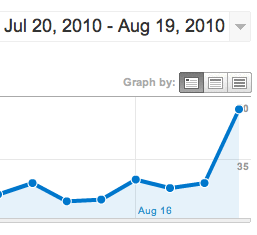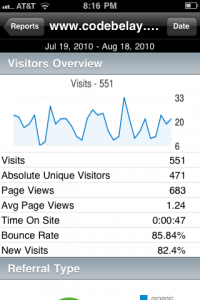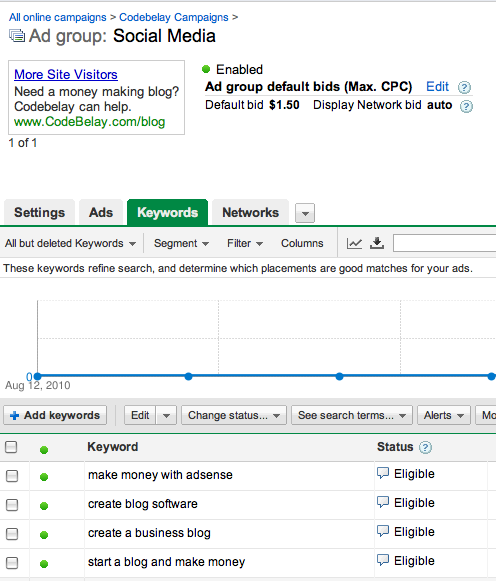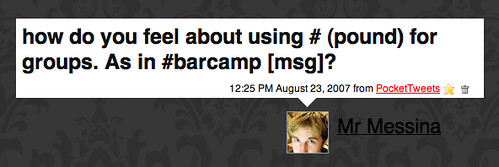I love this quote from Mark Suster:
“Finding the best jobs takes a lot of commitment to taking many different networking meetings with executives, recruiters, entrepreneurs, VC’s, investment bankers, etc. The best jobs (as you know) are found through personal connections. The best jobs are the ones that have not already been put on a job board. The best jobs are the ones that certainly haven’t gone out to an executive recruiter. The reason these are the “best†jobs for you is that once it goes to an executive recruiter there will be a stack of 100 prospective recruits, 20 amazingly qualified resumes that will have phone or in-person interviews with the recruiter of which the company will meet 5-6. So unless your last job is a mirror image of your next then good luck with those odds.”
Okay, that’s pretty general. What’s a specific example of getting the best job?
A good example is starting out small. Get a reputation for doing quick tech jobs on weekends. This can be anywhere from:
- writing a basic facebook app, or wordpress plug-in
- fixing bugs that you are sure you can fix
- addressing server issues that you are sure you can fix
After a string a little successes like these, you can start taking on bigger jobs.
Recruiters at this point will start knocking at your door. It is not worth it. In my experience, they will fill a position that hasn’t been filled in a long time and with good reason. Also, the fact that your prospective place of work is going through a recruiting agency means 3 things: they are ramping up with hiring and are being quick to hire and slow to fire. There are good reasons not to do this. Another reason is that, they simply cannot recognize talent. If they cannot recognize talent, then they cannot understand you. Misunderstanding is the source of a lot of work grief.
The 3rd thing that it means is that you are walking into a den of Vampires that will take all your soul and talent and feed off of it. You can find the worst Vampires in large corporations and they are usually project managers, or middle management. It is one thing to let a contractor just get the job done, and another thing to take what they do and keep the glory for yourself. These glory hounds, these vampires should be avoided at all costs. They will burn you out.
At this point, be sure to be paying your taxes. You should have a nice little consultancy going. Be disciplined. Don’t be afraid to say, “No.” If something doesn’t feel right, e.g. you sign a contract for PHP work but are doing .NET, then drop them. Yes, drop them. Any person with business sense will understand bait and switch is not the way to think long term.
Two choices will present themselves:
- Continue freelancing, or
- Focus on one company, e.g. being a co-founder or lead
The first choice makes sense if you are shooting for the 4 hour work week. The second choice makes sense if you are hoping to turn a company in a few years.
If you are going for the 2nd choice, then a few things are key:
- You need to court this company if they’re a hot commodity. This means hanging out with the devs, the marketers, top-level folks. If you’re really good, they’ll just ask you to go for the interview process. But the best jobs are never listed…. therefore…
- Use the process to understand the company’s true business needs. From those needs list the ways that you can contribute to the company.
- From that list, you’ve created your position.
The best job ever is something you create. It is not some laundry list of things someone you don’t know has given you. Your best job ever is your destiny, your meaning of life. Do not settle for less.





